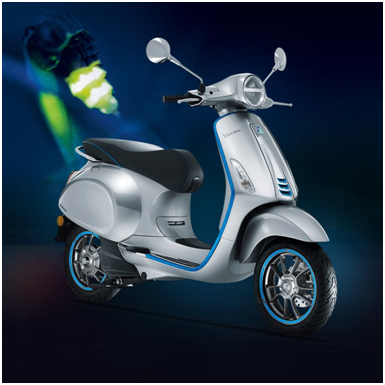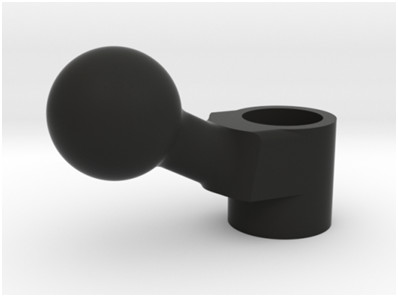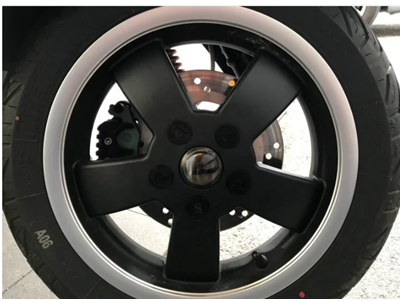Charles R. Gouding and Andressa Bonafe check out Vespa scooting into 3D printing.
The world’s most iconic scooter brand, Vespa, was first introduced in 1946. Over 70 years later, it continues to be a functional, innovative, and stylish mode of transport. In 2013, more than 16 million Vespa motor scooters had been sold worldwide.
Vespa is currently one of seven companies owned by Piaggio, which left the aeronautical field after World War II and set out to address Italy’s need for modern and affordable transportation. Throughout the years, Vespas have remained a favorite of urban commuters. Easy parking and low running costs are among the main advantages of scooters, which have increasingly been used as alternatives to mass transportation in the backdrop of the coronavirus pandemic.
A unique example of “immortality” in industrial design, Vespa is forever connected to the world of cinema and the years of “La Dolce Vita”. Since its first preeminent appearance, with Audrey Hepburn and Gregory Peck in Roman Holiday (1953), Vespa was a co-star in multiple films, ranging from “Quadrophenia” to “American Graffiti”, “The Talented Mr. Ripley” and “102 Dalmatians”, “Alfie” with Jude Law, “The Interpreter” with Nicole Kidman, among many others.
In over seven decades, Vespa has never failed to adapt to changes in users’ needs and preferences. There have been 34 different versions, which incorporated new design and technology. Today, five series are in production: the classic manual transmission PX and the modern CVT transmission S, LX, GT, and GTS. Production of the electric Vespa started in 2018 and hybrid models are under development.
Additive manufacturing allows Vespa owners and enthusiasts to advance the tradition of blending design and technology.
It also enables easy and affordable access to parts and accessories. Shapeways features a variety of designs including transmission funnels, mirror mount adapters, gauge adaptors, etc. Thingiverse, similarly offers user-created accessories, such as a tool to check the perfect ignition time for small frame or large frame Vespa engines and a custom wheel cover.
In conclusion, it seems that Vespa’s ability to withstand the passage of time comes both from its iconic design and from its ability to incorporate new and evolving technology. 3D printing is among the contemporary tools that can help preserve the scooter’s ability to provide functional transportation with a touch of style and imagination.




